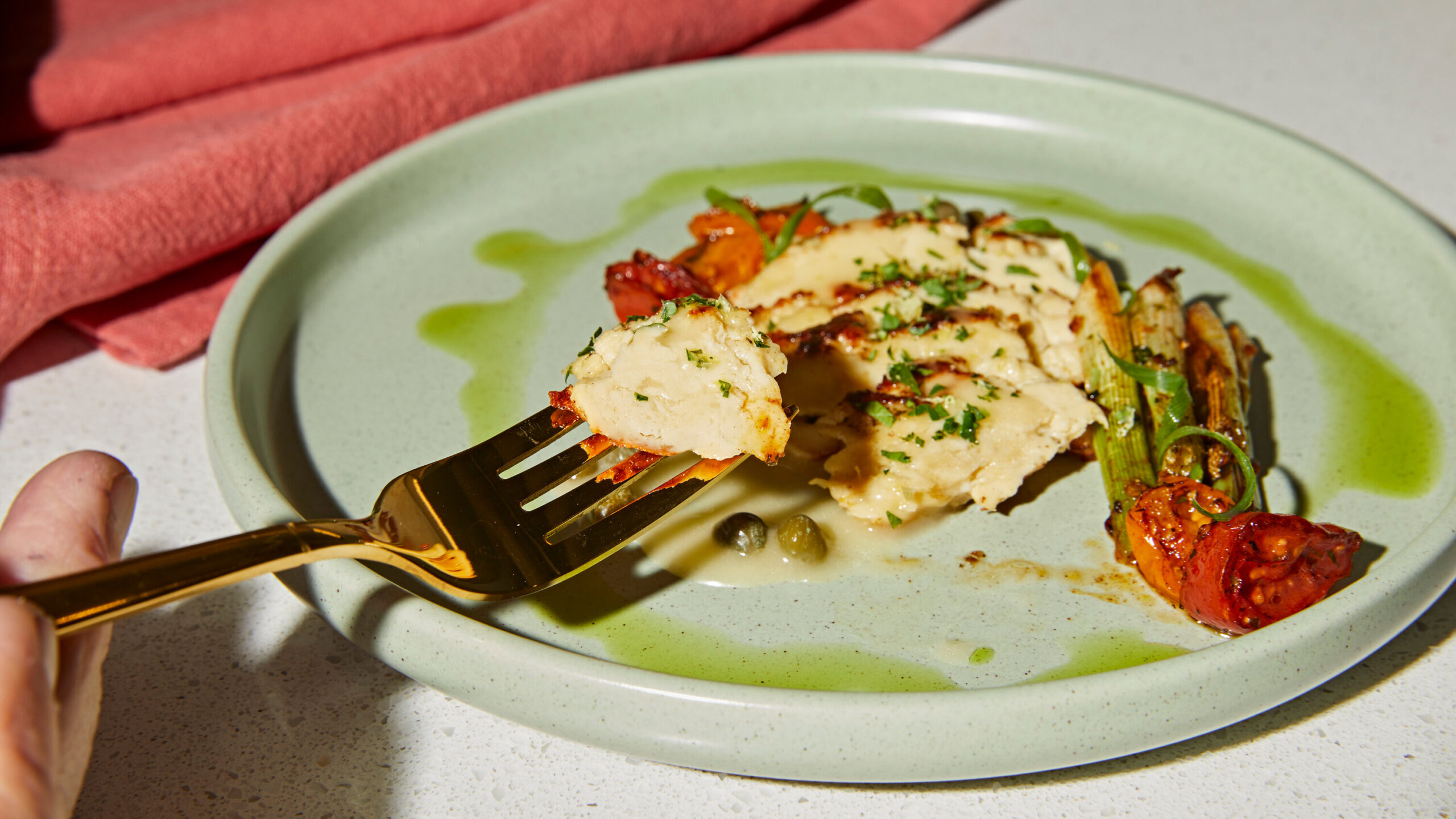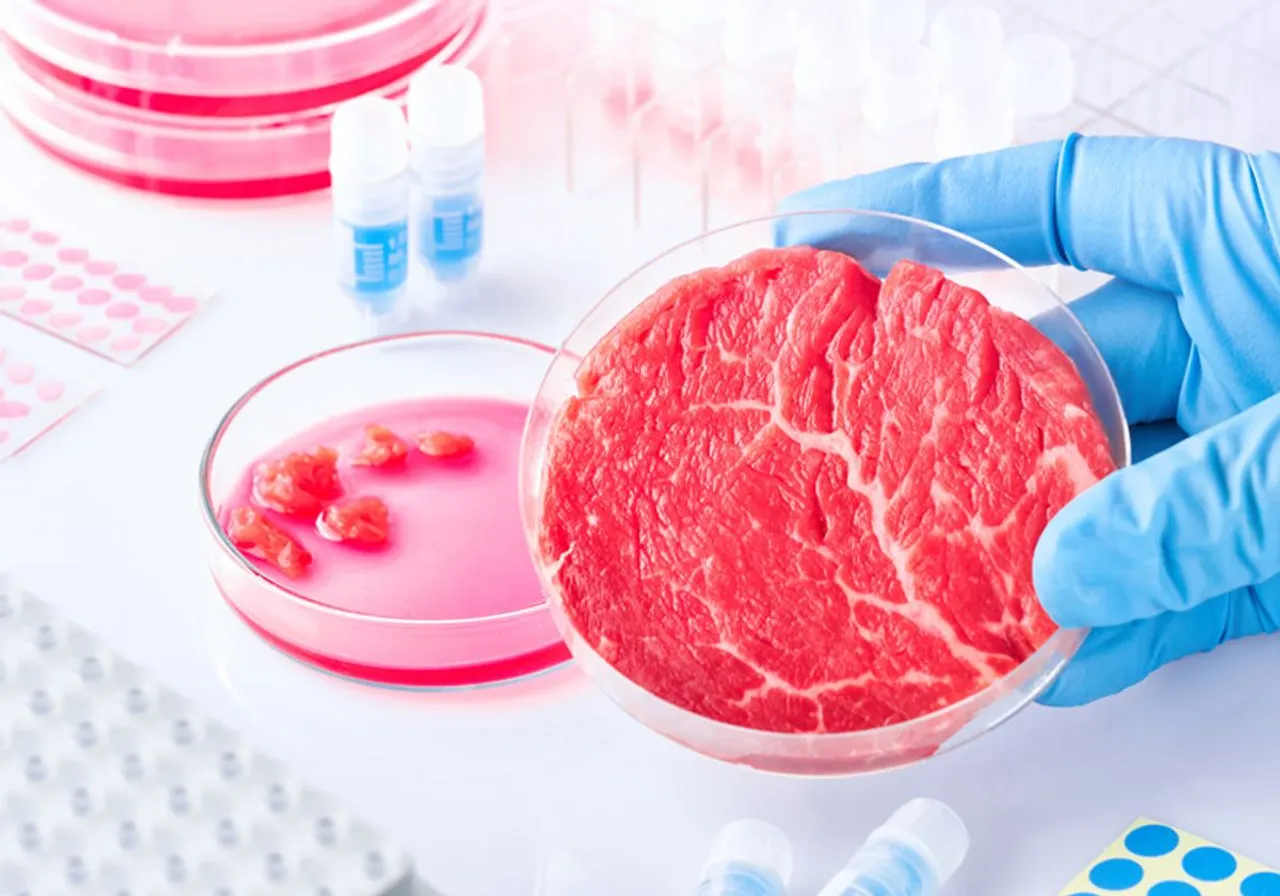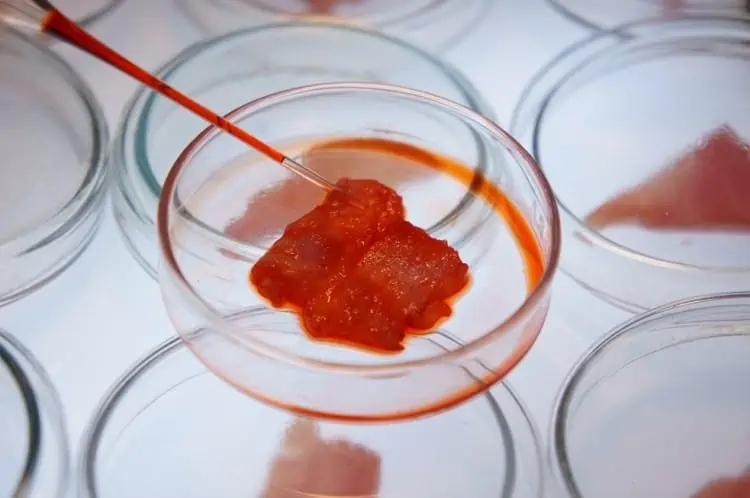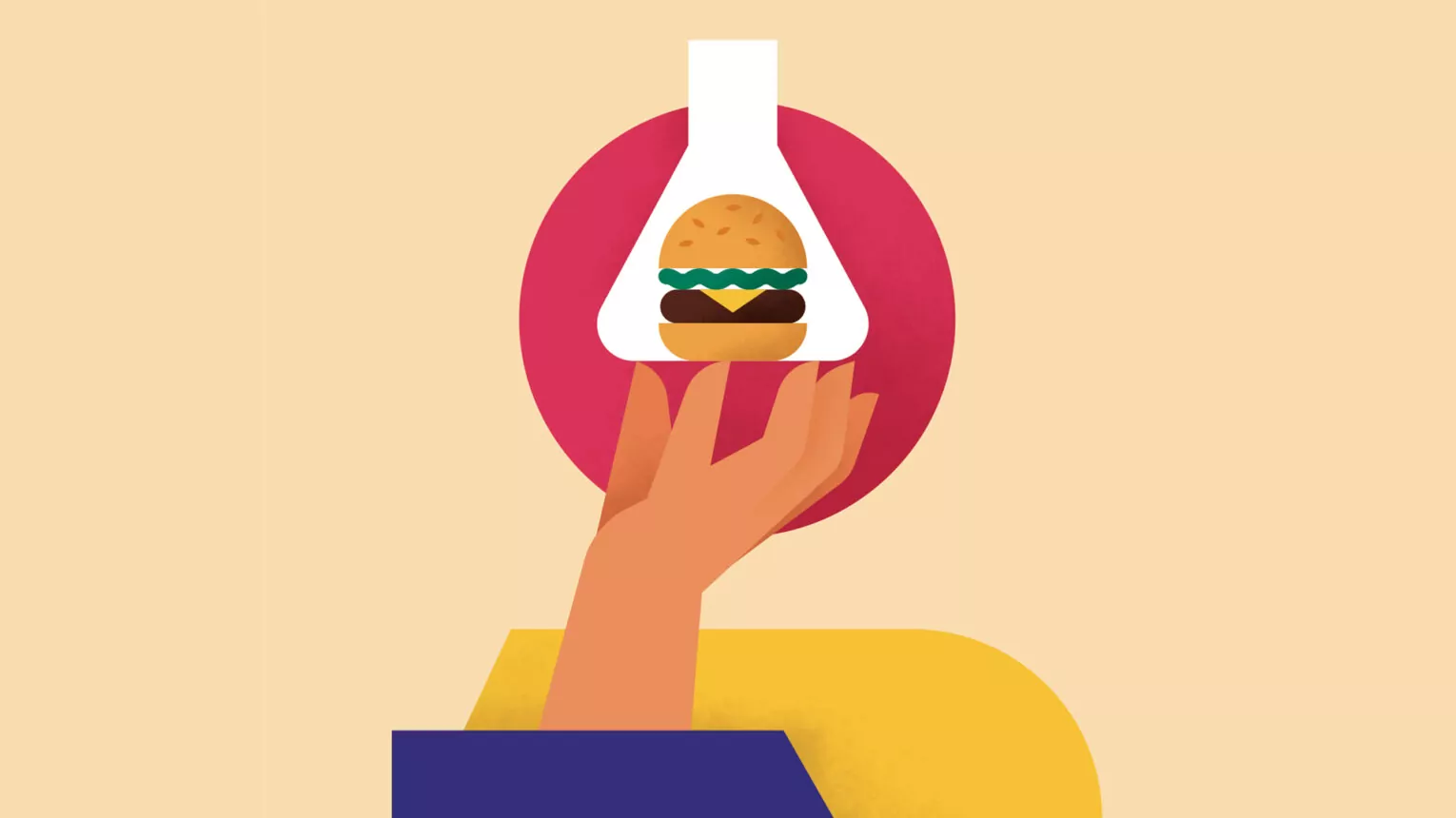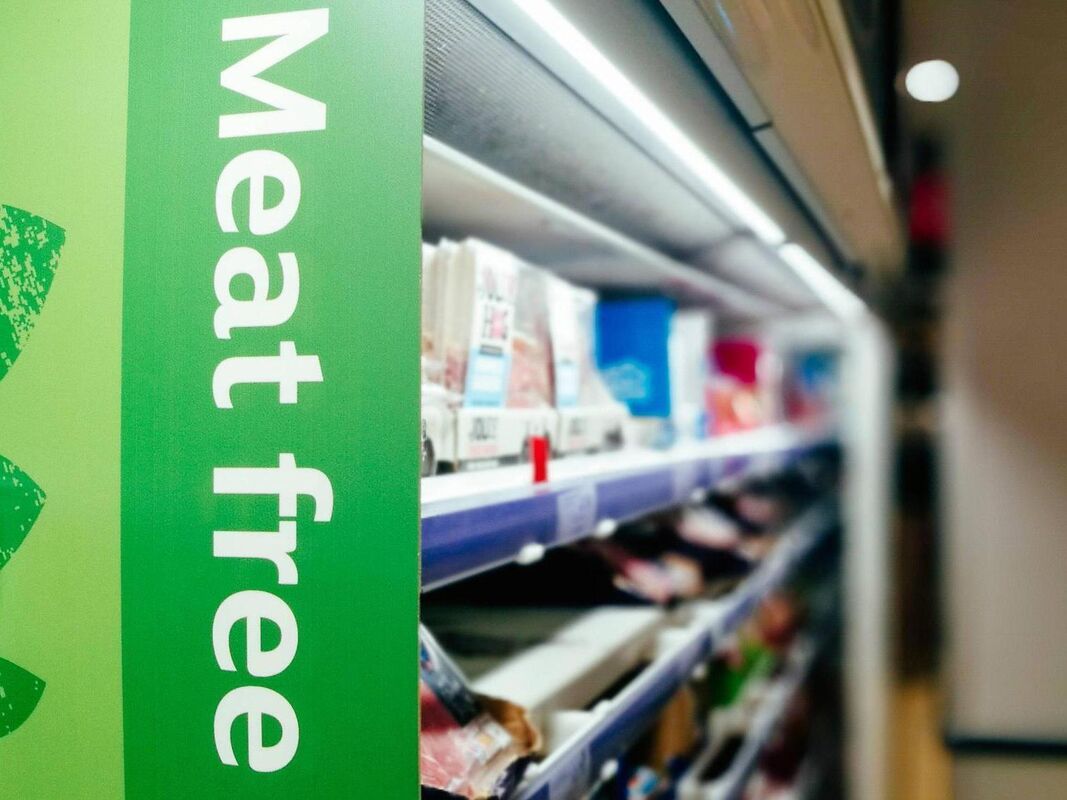Although vegan diets are meant to be healthier, ultra-processed food like quorn, breakfast cereal, and fruit-flavoured yoghurt could be doing more harm than good
The original hunter-gatherers survived by foraging for nuts and seeds and tracking and killing animals.
They would have exercised before catching their food (by running after it!) and naturally only eaten foods that were “in season” and “local” to them.
Since that time our eating habits have evolved and changed, firstly with the help of industrialisation and transport, which allowed us much more choice (without have to hunt too far).
But more recently there is an increase in plant-based meats and dairy substitutes, known as ultra-processed foods, being produced to satisfy the increasing number of people choosing a vegan diet.
But is this really a healthier option for humans or the planet? Or are we confusing meat-free with nutrient-free?
What is ultra-processed food?
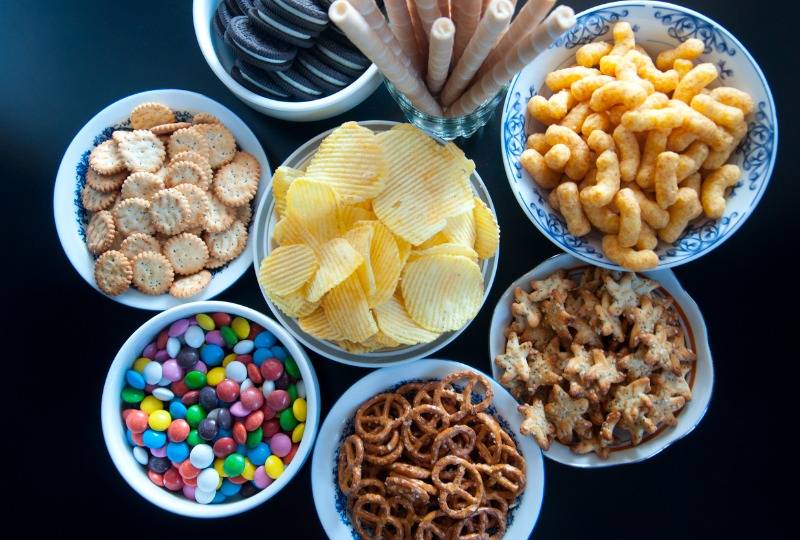
Ultra-processed foods are defined as foods made mainly from substances extracted from other foods, such as fats, starches, added sugars and hydrogenated fats.
They are also likely to contain additives such as artificial colourings, flavourings or stabilisers, and often bear no resemblance to any real foods found in nature.
Although a true definition of ultra-processed foods is still being debated, there are certain characteristics that they share, most of which may be detrimental to human health.
Ultra-processed foods tend to be low in vitamins, minerals and fibre, but high in salt, sugar and fat. And because a lot of them are vegan, they are still being labelled as “healthy”.
Why is ultra-processed food bad for our diets and the planet?
As we eat more and more ultra-processed foods, healthy foods like fresh fruit and vegetable and wholefoods, and even healthy processed foods such as tinned vegetables and fish, are displaced from the diet.
NOVA is the food classification that categorises food according to the extent and purpose of processing (physical, biological or chemical) it has been through, rather than measuring nutrients.
Foods and food products, including the individual items of culinary preparation obtained from recipes, are classified into four groups:
- Group 1—unprocessed or minimally processed foods
- Group 2—processed culinary ingredients
- Group 3—processed foods
- Group 4—ultra-processed food and drink products
Studies have taken place all over the world using the NOVA scale to assess the impact of diets rich in ultra-processed foods.
This research considers, for example, macro and micronutrient intake, obesity, metabolic syndrome, the consumption of added sugar, cardiovascular disease and the influence of the food environment.
All the studies confirm that there has been exponential growth in the production and consumption of ultra-processed foods, usually backed by aggressive marketing and that these foods are replacing healthier minimally processed, unprocessed and fresh foods.

All also agree that these products have a huge negative impact on the quality of diets.
One study set out to demonstrate a relationship between ultra-processed food and weight.
Its researchers fed 20 adults an ultra-processed diet for 14 days and a processed diet for 14 days, both balanced in calories, sugar, fat, fibre and macronutrients. The participants were told they could eat as much or as little as they liked.
When eating the ultra-processed diet, the participants ate 500 more calories per day, which also correlated with weight gain overall. On the processed diet, the participants lost weight.
It’s not just about the ultra-processed food that is being eaten, but also the effect it may have on the appetite and overall food intake. The authors of the study suggested that limiting intake of ultra-processed foods may be an effective strategy for obesity prevention or treatment.
As the need for these foods rises, so does the requirement for component ingredients such as soya, wheat, maize, milk, palm and eggs. This leads to intensive production of these crops, ultimately causing an impact on the environment.
According to the Soil Association, “Of the tens of thousands of plants and breeds cultivated since the birth of agriculture, a mere 12 plants and five animals now account for 75 per cent of the world’s food—true choice and diversity have been eroded.”
Yet our perception is that today we have more choices.
How to cut out ultra-processed food
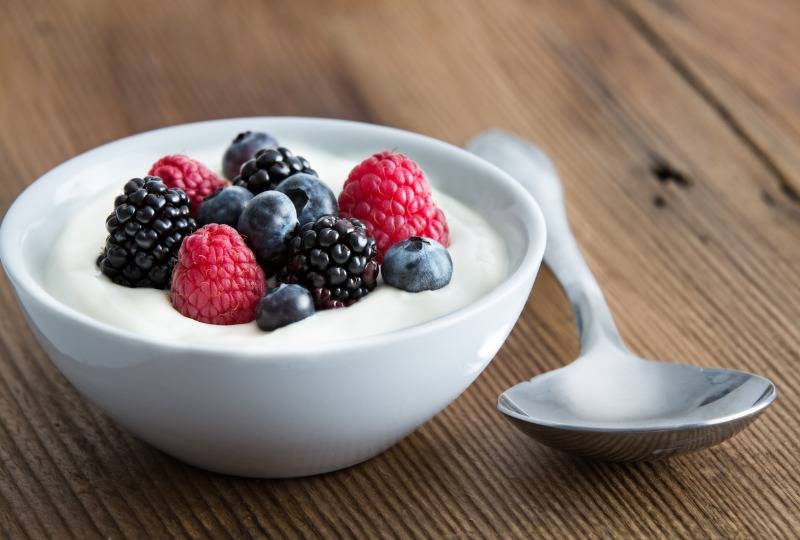
As ultra-processed food becomes cheaper, it is unlikely in the present financial climate that consumers will choose to go back to the healthier options unless encouraged to do so.
Several national governments have enacted a policy response to the increased consumption of these foods, with targets to reduce intake of them.
In Israel, for example, food labelling incorporates mandatory red warning labels on products that do not meet nutritional criteria. Green labels are on wholefoods and minimally processed foods.
This could be one option to get our health back on track, or maybe we need to eat more nutritious foods that don’t need labels—vegetables, fruits, whole grains, legumes etc, all of which coincidently, are vegan.
Six simple swaps to reduce intake of ultra-processed foods:
- Fruit yoghurt—swap with natural yoghurt with fresh fruit
- Granola bar—swap with a handful of nuts and dried fruits
- Fizzy drinks—swap with sparkling water with lemon, lime or orange juice
- Salad dressing—swap with olive oil, lemon juice, mustard and honey
- Chips—swap with roasted sweet potatoes cut into the shape of chips
- Sugary cereal—swap with homemade muesli or porridge
Read more: Unhealthy health foods: the fads you must avoid
Read more: What to eat now—the latest advice holds some surprises!







